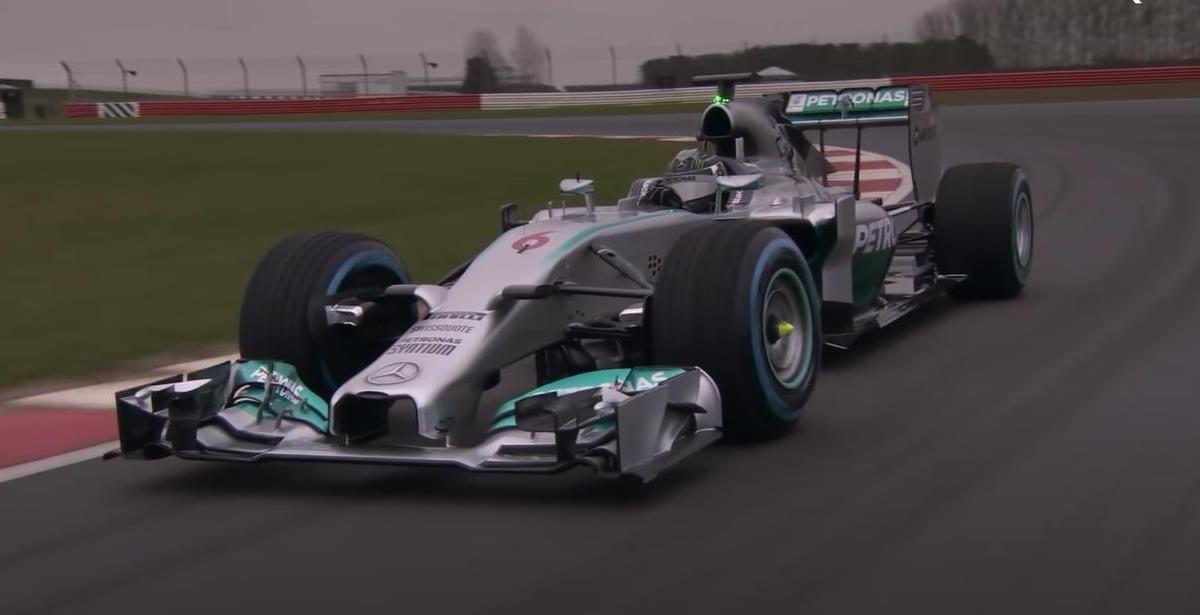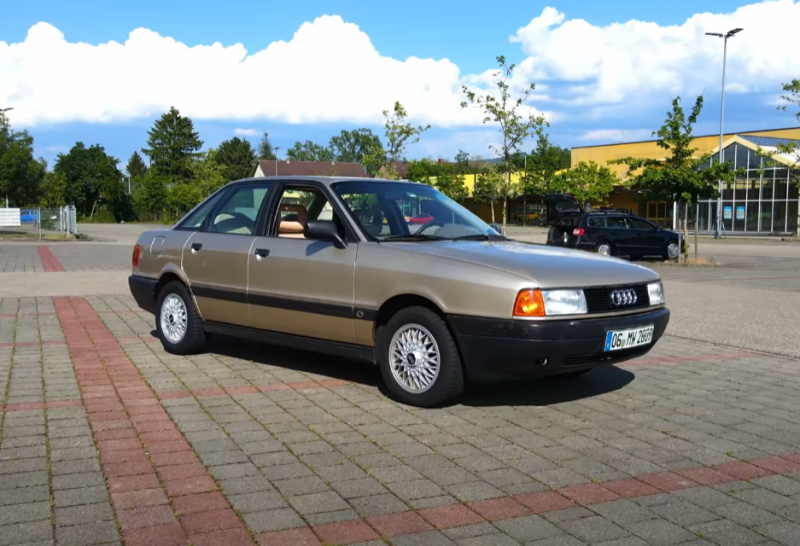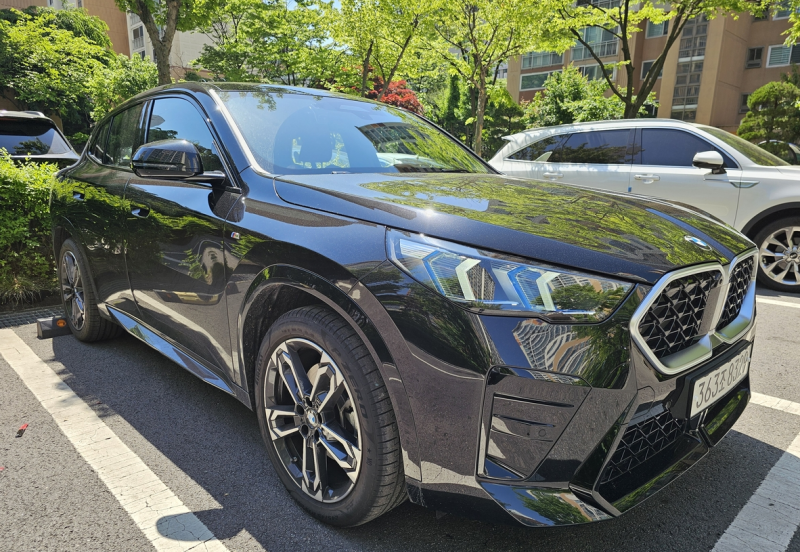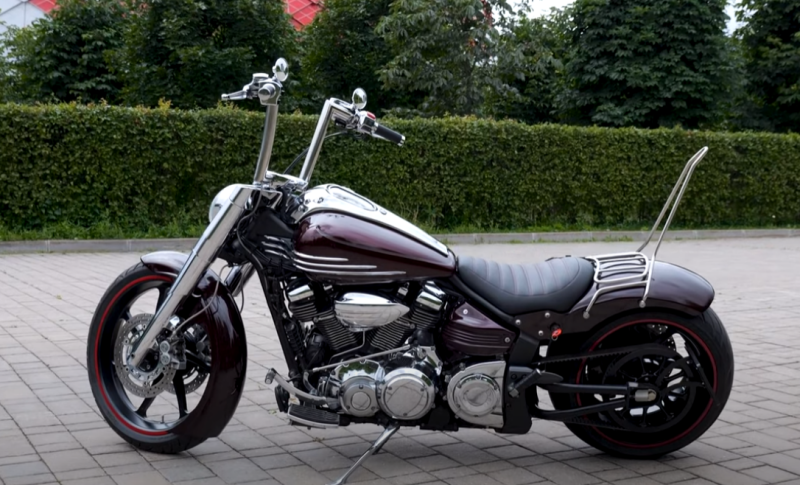Concept by Mercedes Benz: 1991-1993
At the end of 1991, Sauber Mercedes announced they were no longer participating in the FIA World Sportscar Championship. At that time, the German-Swiss team achieved everything possible in this championship, including victory in the 24-hour marathon at Le Mans.
Formula 1 was chosen as the next target for the "three-beam star".
In Stuttgart, they decided not to risk it, and the famous designer Harvey Postlueit was invited to work on the new car. But on November 28, 1991, Mercedes-Benz suddenly announced that they had changed their mind and were not going to debut in Formula 1.
 On March 14, 1993, two Sauber cars entered the start of the South African Grand Prix, with a mysterious inscription on the hood "Concept by Mercedes-Benz". Photo: Wikipedia.org
On March 14, 1993, two Sauber cars entered the start of the South African Grand Prix, with a mysterious inscription on the hood "Concept by Mercedes-Benz". Photo: Wikipedia.orgThus, Peter Sauber was forced to continue developing the car alone, however, financial assistance from Stuttgart continued, although it was not advertised. Nevertheless, there were some losses - not believing in the prospects of the team without real factory support, Harvey Postluate left the project, although before leaving, he advised Peter Sauber to take a closer look at the engines of the little-known, at that time, Ilmor factory.
What is Ilmore?
The Brixworth, England-based firm was founded in 1983 by Cosworth alumni Paul Morgan and Mario Illien. Their main area of activity was the production of Chevrolet engines for the Indycar series. Ilmor built its first Formula 1 engine (with a capacity of 696 hp at 12 rpm) only in 800.
In Formula 1, these engines were bought by outsider teams such as Leyton House, March, Tyrrell ... But in truth, the new English engines did not stand out against the background of the same Judd or Hart: just another engine from a small British company.
- ✅ The power of Formula 1 engines in 1991, according to Autocourse.
- ✅ Honda V12: 780 hp With. at 14 rpm;
- ✅ Renault V10: 770 hp With. at 14 rpm;
- ✅ Ford V8: 730 HP With. at 13 rpm;
- ✅ Ilmor V10: ~700 HP With. at 12 rpm.
And so Mario Ilmore and Paul Morgan would have remained in the history of Formula 1 as the next Brian Hart, or John Judd, if Mercedes-Benz had not changed their mind again. Thanks to this decision, in the 1994 season, for the first time since 1955, the world heard the sound of a Mercedes formula engine!
In the same 1994, two more important events took place. Firstly, closer to McLaren they abandoned the constantly burning Peugeot engines, in favor of Mercedes-Ilmor. Secondly, the Germans themselves bought out part of the Ilmor shares from General Motors.
October 28, 1994. German car manufacturer Mercedes-Benz has confirmed that it will supply engines for the McLaren Formula 1 team from next season. This was announced at the company's headquarters by chief executive officer Helmut Werner.
Officially, cooperation between McLaren and Mercedes-Benz will begin on November 15, 1994, after the early termination of the agreement with Peugeot.
McLaren Mercedes
The collaboration between the two motorsport legends began very optimistically: at the presentation on February 3, 1995 at the London Hilton Hotel, the new car caused a real stir among photographers, and serious fears of rivals. Looking ahead, I will say that it is completely in vain.
In the context of changing engine regulations, Mario Illien decided not to redo the power unit of 1994, but to develop a completely new engine, with an increased camber angle of the cylinder block - 75 ° instead of the previous 72 °.
Just in case, let me remind you that before the 1995 season, the engine displacement was reduced from 3.5 to 3 liters, which reduced the power by about 100 hp. With. There was a catastrophic lack of time for development: the engine was put on a test bench only on January 26, 1995, that is, just two months before the start of the season. But it was not the engine that was the main headache for McLaren Mercedes that season!
On the first tests, it suddenly turned out that the new star of the team, the Formula 1 and Indycar world champion Nigel Mansell, fits into the cockpit of the new McLaren MP4 / 10 Mercedes with great difficulty! In addition, a little later it turns out that the new chassis turned out to be completely hopeless in terms of speed and the possibility of further refinement.
As far as the engine is concerned, the progress has been very noticeable! By the end of the season, its power was 690 hp. With. at 15 rpm, which was even more than the Renault RS000 (7 hp at 675 rpm). But progress had its price, and a considerable one: 15200 Mercedes-Benz FO15 engines burned out during the season. For each Grand Prix, Illien and Morgan brought ten engines: four of which were brand new, and six (for all sorts of practices) remanufactured.
On August 26, 1996, Philip Morris announced that it was terminating its agreement with McLaren and would focus on supporting Ferrari.
February 13, 1997: Return of the Silver Arrows
Welch eine Uberraschung! Eben kommt der Silberne Pfeil!
After the departure of Marlboro, McLaren Mercedes cars received a new livery - silver. The famous red and white McLarens have become history. The silver coloring of the new cars and Mercedes-Benz engines contributed to the fact that the Woking team began to be perceived as a continuation of the legend of the Silberpfeil - Silver Arrows, who competed in the Grand Prix races of the 30s.
The first victory for McLaren Mercedes came just a year after the debut, at the first stage of the championship - in Australia. But McLaren Mercedes did not think to stop there! At the 7th stage, in Canada, a completely new engine will debut - FO110F, with a camber angle of the cylinder block of 72 °. It was he who became the most powerful Formula 1 engine of that season, though he was also one of the most unreliable.
Mercedes-Benz FO110E engine (FO110F data in brackets):
- ✅Configuration: V10, displacement 2997 cm3 (2998 cm3), crank angle 75° (72°).
- ✅Power: 740 HP With. at 16 rpm. (000 hp).
- ✅ Engine weight: 124 kg (113 kg.).
In total for the 1997 season, 40 E-version engines were built, and 47 F-version engines. The total number is 87 engines for the season.
The power of the engines grew steadily, but due to the high boost, there were problems with the pistons - they literally burned out! Because of the engines, the McLaren team lost victories in England, Austria and at the Nurburgring (Luxenburg).
And then Mario Illien drew attention to the exotic and insanely expensive alloy of aluminum with beryllium - Lockalloy (aka AlBeMet), consisting of 62% beryllium and 38% aluminum.
Triumph
In the 1998 season, Formula 1 entered a new era. The era of narrow cars and grooved tires. All previous developments were actually reset to zero - the teams and tire manufacturers started working on new projects essentially from scratch. Under the conditions of changing the regulations, the McLaren team, which had three trump cards at once: Adrian Newey, Bridgestone tires and the most powerful Mercedes-Benz engines, managed to take full advantage of the opportunity , and twice in a row (1998 and 1999) won the individual World Championship. Mika Hakkinen became world champion both times.
Since the start of the season, this engine has used beryllium alloy pistons and cylinder liners. The FO110G was the most powerful engine of the season - the main rivals from Ferrari reached 750 hp. With. at 16 rpm. only in the next year, 500.
Thus, the path from debut to victory in the world championship took only four years for Mercedes-Benz. Since then, German brand engines have almost always been considered one of the best on the starting grid, and since 2014 they have practically guaranteed victory in the Championship. It was only last season that fans of other teams had hope that Mercedes could still be beaten.












